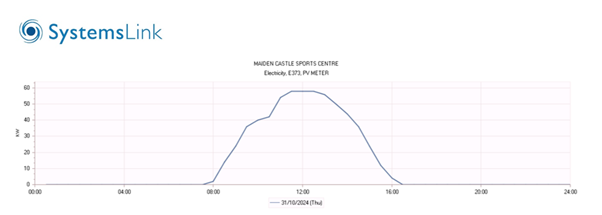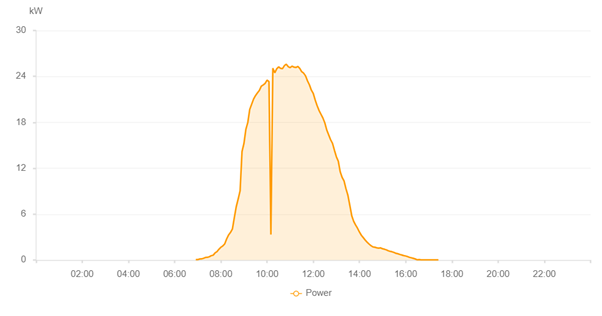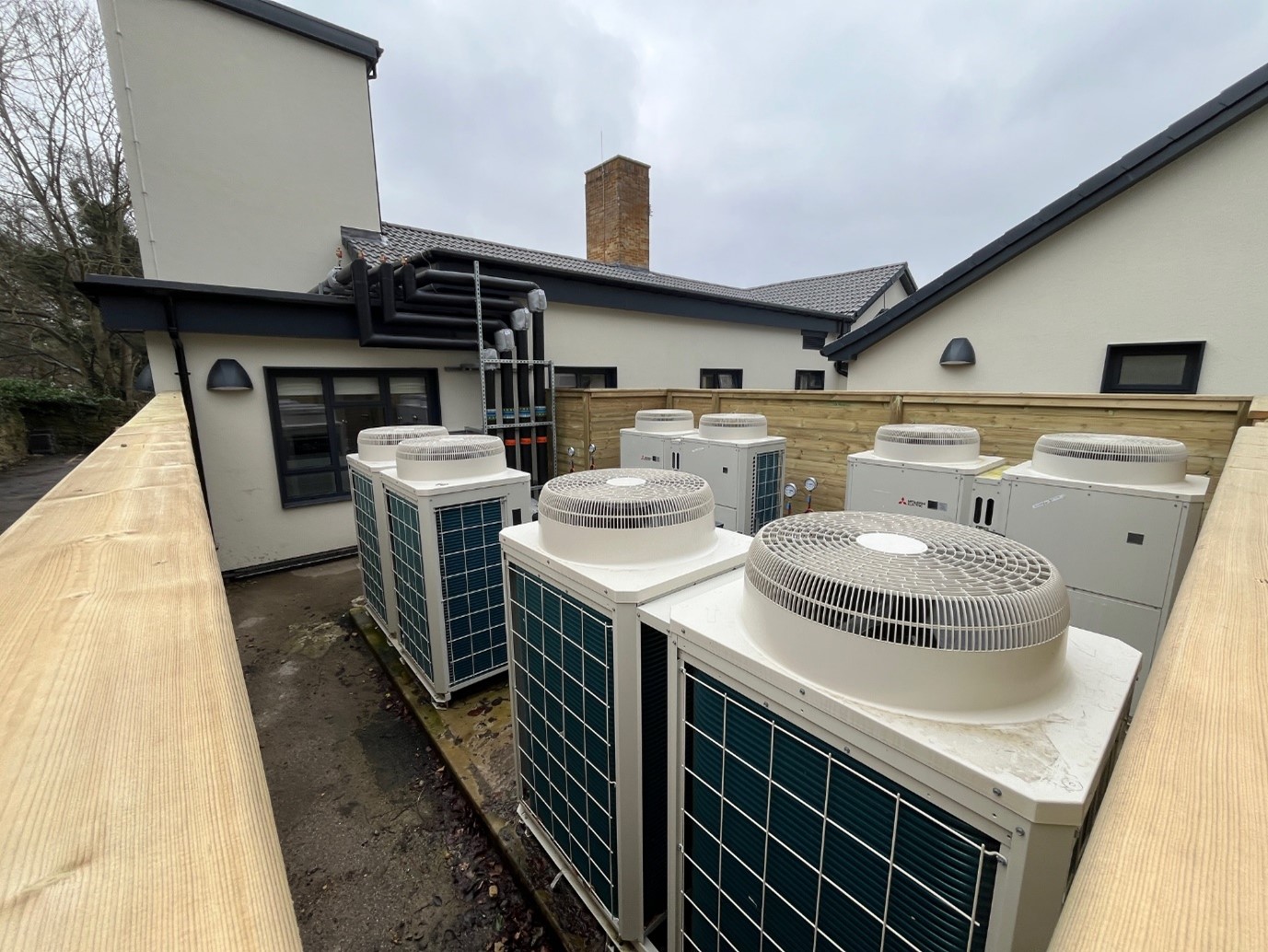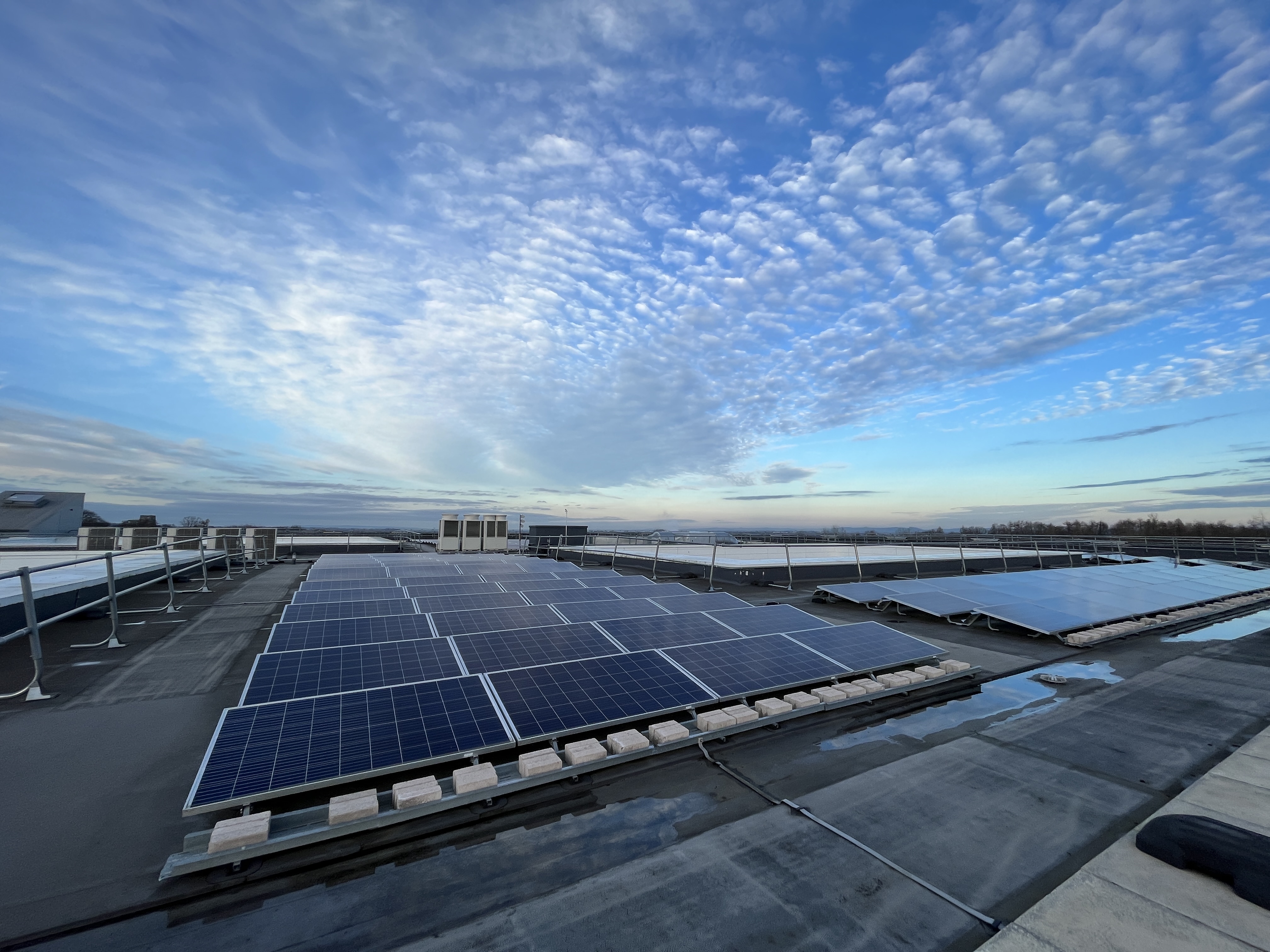Carbon Neutral University – Our sustainability ambition statement
In summer 2023, the University adopted a new Sustainability ambition statement that set out our ambition to achieve Net Zero by 2035 and Biodiversity Net Gain by 2032
Energy
The University is committed to saving energy both by encouraging and supporting behavioural change and by carrying out physical modifications to University buildings and their systems.
Reducing and saving energy is also part of our Environmental Sustainability Vision, Policy and Strategy and Action Plan with detailed Key Performance Indicators.
Refurbishment and construction
here we are working to improve buildings around our Estate and we do so with energy efficiency and sustainable construction practices in mind. We have a sustainable construction policy - Sustainable Construction and Renovation Policy - Durham University that ensures we deliver low emissions buildings, built to high standards.
Annual energy demand
Each year Durham University’s buildings use a significant amount of energy, this is detailed below for the last 3 years.
ind. We have a sustainable construction policy - Sustainable Construction and Renovation Policy - Durham University that ensures we deliver low emissions buildings, built to high standards.
Low carbon energy
We have extensive installations of renewable energy across the University estate, including over 800 kW of Solar PV across over 20 sites. We monitor electricity generation from solar PV, combined heat and power units and heat generation from our heat pumps, analysing data through our energy management software, Systemslink. We can track data half hourly to understand how systems are performing each day.

 Installation at the Sports Wellbeing Park (Maiden Castle)
Installation at the Sports Wellbeing Park (Maiden Castle)
We also monitor solar PV through dedicator portals connected to inverters on PV systems. The image below is an extract from the PV installation at James Barber House, our lowest emissions building.

The University reports annually on the renewable energy that we generate on site and we have increased our capacity in recent years. This table shows the latest data; we also report this annually to HESA.
.png)
We also monitor the performance of low carbon heating systems, a key tool in our mission to reduce scope 1 emissions.
The heat pumps in the image below are coupled with heat meters than allow us to measure and optimise performance throughout the year.


Annual energy demand
Each year Durham University’s buildings use a significant amount of energy, this is detailed below for the last 3 years.
| Year | Gas kWh | Electricity kWh | Total kWh | Total GJ |
|---|---|---|---|---|
|
2021/22 |
71,751,755 |
39,471,456 |
111,223,211 |
400,404 |
|
2022/23 |
68,442,526 |
38,617,858 |
107,060,384 |
385,417 |
|
2023/24 |
66,541,391 |
39,389,158 |
105,930,549 |
381,350 |
The renewable energy we generate on our sites helps support our energy demand and reduce emissions.
The table below sets our Low carbon Energy Use in 2022 and 2023
|
2022 |
12,683,518 kWh |
12,683,518 kWh |
|
2023 |
13,551,755 kWh |
13,551,755 kWh |
Carbon Management Plan
We publish our Carbon Management Plan 2025 that outlines are intentions to achieve these targets and are detailed in our Plan. This includes emissions reduction ambition and plans to reduce energy demand.
Energy Saving Initiatives
Switch Off!
It’s crucial to remember that energy is precious. Last academic year, our University Community used almost 70 million kWh of gas and nearly 40 million kWh of electricity for our day-to-day activities. This significant energy use impacts not only our CO2 emissions but also the University’s costs. However, there is something we can do about it. Let’s go back to basics with energy conservation.
Here are some simple yet effective actions we can all take:
-
Turn off lights, projectors, and screens when leaving a room or when they are not in use.
-
Keep windows closed during the heating season. If you find it too warm, please let us know at Greenspace.staff@durham.ac.uk, and we will try to address the issue.
-
Choose revolving doors whenever possible. This helps retain heat in a space and can reduce our gas usage.
-
Spread the message. Encourage those around you to do their part in conserving energy.
Small acts. Big difference.
Don’t Make Our Buildings Work Over Easter
If you are heading off for a well earned break remember to shut down your offices, communal workspaces, and labs. This isn’t just about flipping a switch; it’s about embracing energy conservation and helping the university save money. Before leaving think carefully about what equipment must stay on and turn everything else off. Let's work together so our buildings also get a break while we are enjoying ours.
You could use these checklists to help with your seasonal shutdown:
Office and Communal Areas Shutdown Checklist
Lecture Theatre Shutdown Checklist
Please return these completed checklists to greenspace.staff@durham.ac.uk. We will use the information to help us to identify issues and make improvements.


/prod01/prodbucket01/media/durham-university-business-school/study/dba/Home-Page-Banner-or-Footer.png)

/prod01/prodbucket01/media/durham-university/support-services-/careers-and-employability/Image-of-a-city-street-through-a-magnifying-glass.jpg)
/prod01/prodbucket01/media/durham-university/professional-services/energy-and-sustainability-team/CMP.jpg)
/prod01/prodbucket01/media/durham-university/professional-services/energy-and-sustainability-team/energy-management.jpg)
/prod01/prodbucket01/media/durham-university-business-school/study/individual-course-and-cta-images/CTA-applynow.png)